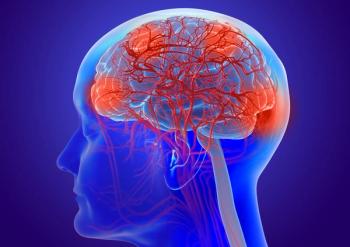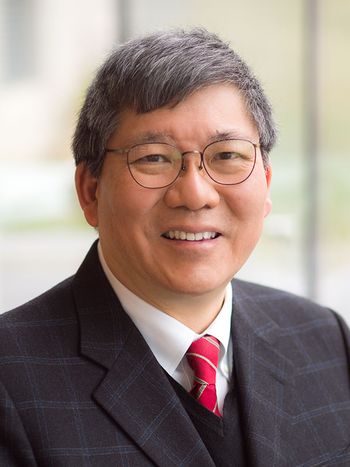
- ONCOLOGY Vol 13 No 4
- Volume 13
- Issue 4
Collaborative Study of Thalidomide and Radiation Therapy in Glioblastoma
The Celgene Corporation is collaborating with the National Cancer Institute’s Radiation Treatment Oncology Group
The Celgene Corporation is collaborating with the National Cancer Institutes Radiation Treatment Oncology Group (RTOG) on a study of the use of thalidomide (Thalomid) in conjunction with conventional surgery and radiation for the initial treatment of glioblastoma multiforme. The study will enroll approximately 80 patients and is designed to assess the drugs safety and efficacy in prolonging survival. Fifteen sites around the country will be involved in the study.
According to lead investigators, the protocol will include patients who have not previously undergone radiation therapy or chemotherapy. Following surgery, participants will be given thalidomide, at a dose of 200 mg once daily, on the first day of their radiation treatment. Thereafter, each patients dose will increase by 100 to 200 mg daily every 1 to 2 weeks, to a maximum dose of 1,200 mg daily. Therapy will continue at that dose as long as no tumor progression or toxicity occurs. The study is expected to last approximately 2 years.
The RTOG is very excited about testing Thalomid with radiation, in conjunction with Celgene Corporation, said Walter J. Curran, MD, group chairman of the RTOG.
Glioblastoma multiforme is a type of brain tumor that multiplies rapidly and most often affects the cerebrum. It is the most common, most often fatal type of malignant brain tumor and tends to recur even after intensive treatment with surgery, chemotherapy, and radiotherapy. The condition is diagnosed in approximately 9,000 individuals annually who live an average of 6 to 12 months after diagnosis.
For more information on the collaborative study call the Celgene Corporation at (732) 271-4102.
Articles in this issue
over 26 years ago
Surgeons Use New Technique to “Melt” Liver Tumorsover 26 years ago
Screening for Colorectal Cancer-United States, 1997over 26 years ago
Brachytherapy Boost Techniques for Locally Advanced Prostate Cancerover 26 years ago
Controversies in the Management of Intracranial Germinomasover 26 years ago
Controversies in the Management of Intracranial Germinomasover 26 years ago
Brachytherapy Boost Techniques for Locally Advanced Prostate CancerNewsletter
Stay up to date on recent advances in the multidisciplinary approach to cancer.





![According to John Henson, MD, “What we need are better treatments to control the [brain] tumor once it’s detected.”](https://cdn.sanity.io/images/0vv8moc6/cancernetwork/e0d29c38bb732429ae370e4ef7d1829a10c96446-2992x1684.png?w=350&fit=crop&auto=format)


























































































